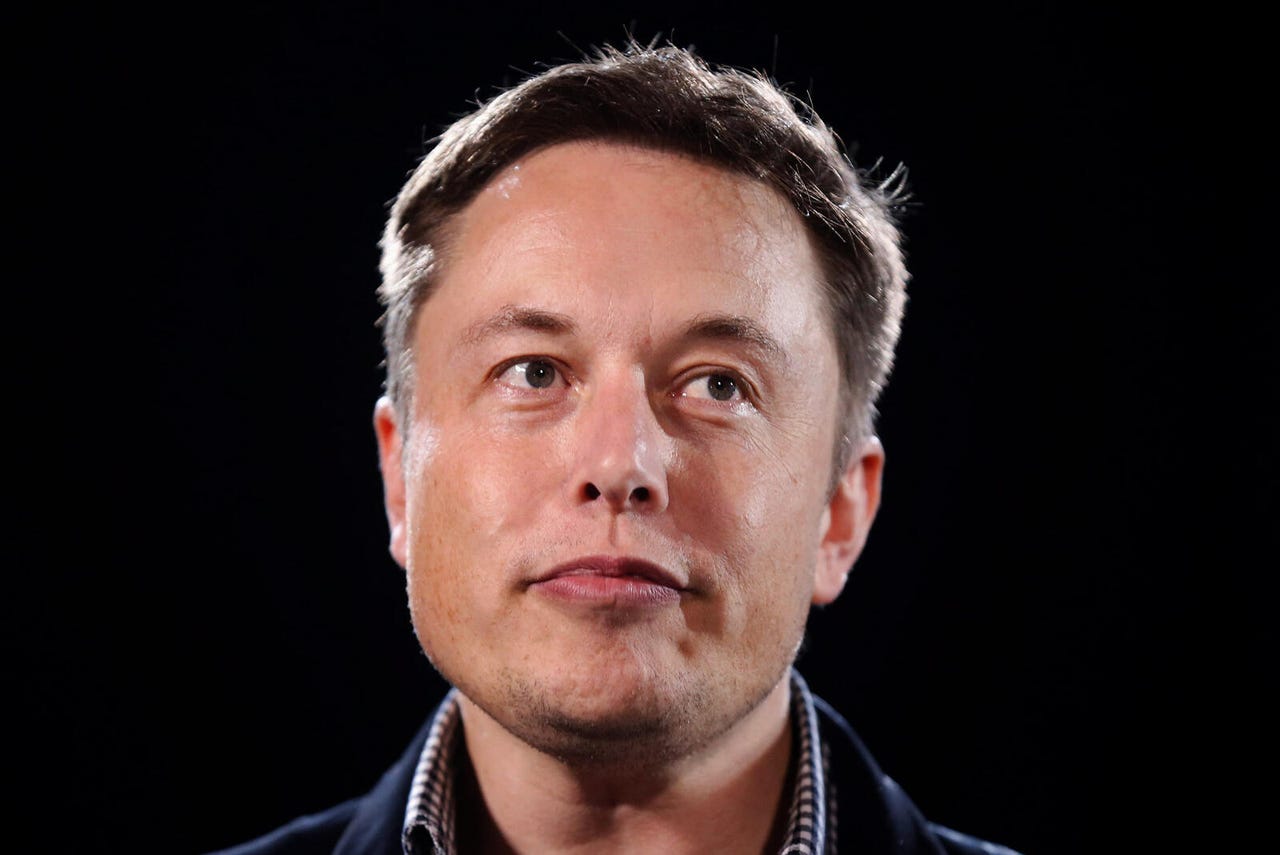Elon Musk says Neuralink brain implant is nearing human trials


Elon Musk says his brain computer interface (BCI) company Neuralink is almost ready to start human trials, possibly by the middle of 2023.
At an event that appeared to be another recruitment drive for Neuralink, Musk – chief of Tesla, Space X, and owner of Twitter – said the BCI startup could put one of its devices in a person's head in six months' time, meaning at some point in 2023.
Musk previously hoped to have done that by 2020.
Artificial Intelligence
Since 2017, the firm has been working on an interface to connect computers to brains, and in the mean time the startup has been testing its prototype hardware implant on monkeys.
Also: If we put computers in our brains, strange things might happen to our minds
Neuralink is just one company exploring BCI computing, an emerging field made possible by medical technologies that make use of EEG and MRI to reveal the physical workings of the brain in action. It's highlighted the possibility of directly connecting a human brain to computers. Scientists have explored BCI for people suffering severe muscle control diseases like ALS (Lou Gerig's or motor neurone disease) by transforming thoughts into text. That's one goal of Nueralink, but Musk has also said BCI holds potential to help humans keep pace with artificial intelligence.
Musk showed a video of one of Neuralink's lab monkeys, Pager, with a brain implant playing "mind Pong". Nueralink has tested the device on six monkeys so far, and he said it had "actually upgraded Pager".
"The thing that's interesting is that you can't even see the implant. So it's... we've miniaturized the implant to the point where – which is the thickness of the skull that is removed – so it's sort of like having an Apple Watch or Fitbit … replacing a piece of skull with like a, you know, a smartwatch, for lack of a better analogy."
Musk said he could have had a Neuralink device implanted and viewers wouldn't know he was being assisted by it.
"He looks pretty normal… Hypothetically, I may be one of these demos," he said, as Pager played Pong with a joystick. Pager was playing "telepathic video games", he said.
Musk emphasized it was much more difficult moving from a prototype to a safe medical device, cleared by a regulator like the US Food and Drug Administration (FDA), the agency responsible for testing and approving medical devices for public use.
He compared putting an implant in a human brain like putting a human on the Moon – NASA's current ambition under the Artemis I uncrewed mission, which currently does not involve Space X.
"The idea of going to the moon – easy. Going to the moon – very hard," he said.
Musk said Neuralink had submitted "most of the paperwork to the FDA" and thinks probably in about six months it should be able to put its first Neuralink device on to a human skull.
He went on to show a monkey moving a cursor with its mind.
"But what is cool is that the monkey is moving the cursor using just his mind to the highlighted key and spelling out what we what we want it to spell… So this is something that could be used for someone who's a quadriplegic or tetraplegic human."
Musk said he's confident that a person without any interface to the outside world will be able to control their phone "better than someone who has working hands".